What is a Chemical Peel?
A chemical peel is a technique designed to remove the dead skin cells from the skin's surface layer and re-stimulate the regenerative process.
During a chemical peel treatment, a variety of chemicals are applied to the skin. The chemicals are derived from fruit, vinegar and sugar cane. High doses of vitamins can also be added during the treatment.
Chemical Peels removes excessive buildup of dead skin cells, smoothes and tighten the skin, lightens brown spots, diminish puffiness and circles around the eyes and treats sun damaged skin
Types of Chemical Peels
There are 3 main types of chemical peels
1.Superficial peels
◦Superficial chemical peels are the mildest type of chemical peel and can be used on all skin types.
◦Superficial chemical peels usually use liquid containing a dilute acid, most often glycolic acid.
2.Medium peels
◦Medium chemical peels penetrate the skin more deeply than superficial peels and cause a second-degree burn of the skin.
◦Trichloroacetic acid is the main peeling agent used for medium peels.
3.Deep peels
◦Deep chemical peels penetrate several layers of skin and cause a second-degree burn of the skin.
◦They are the strongest kind of chemical peel and are used only on the face.
◦Deep chemical peels are reserved for individuals with deep wrinkles from sun exposure or is used to treat skin wrinkling around the lips and chin area.
◦Deep peels tend to bleach darker skin .
◦A deep peel can be done only once in most cases
What Happens the days Immediately Following a Chemical Peel?
During the three to four days immediately following a chemical peel, most people have the following experiences:
1.Increased Sensitivity
2.Redness - blotchiness
3.Tightness and Dryness
4.Swelling and scabbing
◦Deeper peels usually scab and swell.
5.Peeling
Serenity Face &Body

DIANA DONOVAN
About Me
- Diana Donovan
- Boca Raton, Florida, United States
- Full skin Care Specialist & Nail technician.
Wednesday, March 17, 2010
Subscribe to:
Post Comments (Atom)


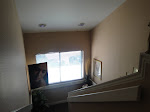
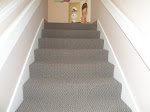

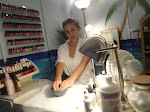





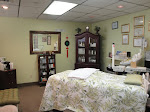
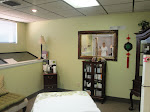


No comments:
Post a Comment